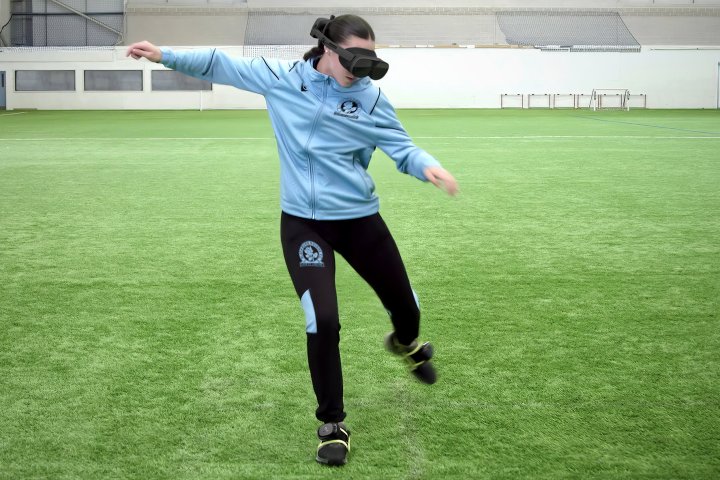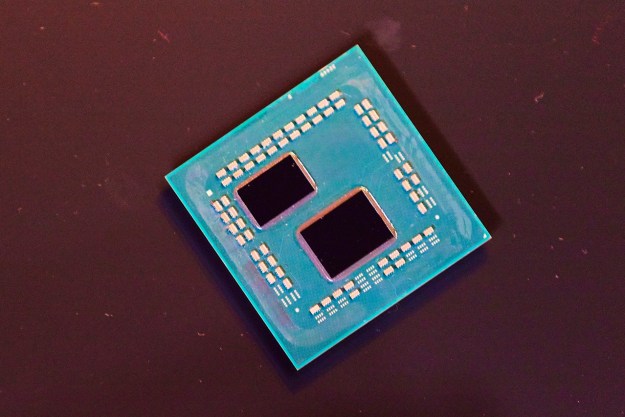
In VR, your head motion is detected by sensors in the headset while your hand position is captured by the controllers. What’s missing is body tracking. That means the game or app has no way of knowing for certain where your feet and hips are. That’s why trackers are needed.
HTC has been making trackers and base stations for many years. Even the best VR headsets lack full body tracking. HTC Vive’s tracking system helps VR headset users animate avatars and provides game developers with a low-cost, motion-tracking solution. However, all-in-one headsets don’t use base stations. That makes body tracking more difficult.
There are ways to estimate leg position using machine learning algorithms based on head and hand movement. That’s how Meta gave Quest avatars legs. It doesn’t always work right, however.

Now, HTC has a new solution. Vive Ultimate Trackers are portable, wireless, all-in-one devices that capture motion without requiring base stations. VR gamers can use one to five at a time, enabling body tracking almost anywhere.
HTC says these self-tracking trackers last for up to seven hours and work from as far as 10 meters away from the included wireless dongle. While you probably won’t stand 33 feet away from your computer, the range could be helpful when tracking motion for sports training.

Vive Ultimate trackers include a standard 1/4-inch mount, like cameras have. You can also place these standalone trackers in TrackStraps to attach them to wrists and ankles.
The new trackers will be compatible with SteamVR and OpenXR VR headsets in the future. HTC Vive also announced VRChat is coming to the XR Elite, and that Vive Ultimate Trackers can animate your avatar. HTC couldn’t confirm compatibility with the Meta Quest and Pico headsets in standalone mode.
Body tracking isn’t inexpensive. A bundle of three Vive Ultimate Trackers, a wireless dongle, three TrackStraps (for waist and ankles), and a Dash Dance download key costs $599. HTC Vive XR Elite owners get a $100 discount. This offer is good through the end of 2023.
You can also buy Vive Ultimate Trackers separately for $199 each. The wireless dongle is not included when buying trackers separately. You can find more details and order the Vive Ultimate trackers on HTC’s Vive website.
Editors' Recommendations
- HTC Vive XR Elite vs. Meta Quest Pro: mixed-reality showdown
- How the Vive XR Elite can do high-end VR in a half-pound headset
- Two new ‘game-changing’ VR headsets could arrive at HTC’s ViveCon next week
- HTC’s Vive Pro Eye, a $1,600 VR headset with eye-tracking, is all business





